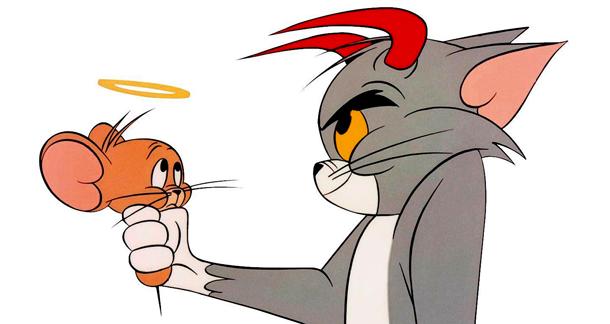“Evolution” was one of the most exciting ideas of the 19th
century. The naturalist Charles Darwin. Darwin developed the concept of
“Evolution” in his “Origin of Species – 1859.” Spencer, who is one of a sociological giant of the 19th century, was captivated
by the idea of evolution. He saw social evolution as “a set of stages through
which all the societies moved from simple to the complex and from the
homogenous to the heterogeneous.
Meaning of the Concept of “Evolution”:
The term “evolution” comes from the latin word “evolvere” which means “to develop” or to “unfold.” It closely corresponds to the Sanskrit word “Vikas”. It indicates changes from “within” and not from “without”-, it is spontaneous, but not automatic. It implies continuous change that takes place especially in some structure.
Meaning of “Social Evolution”:
“Social evolution” is used to explain the evolution of human society or the evolution of man’s social relations. The theory of social evolution would explain the origin and development of man.
Many different theories were propounded to define and explain social change. Theories of nineteenth century may be divided into
- theories of social evolution (Saint-Simon, Comte, Spencer, Durkheim etc.)
- and theories of social revolution (Marx).
Evolutionary theories
Evolutionary theories are based on the assumption that societies gradually change from simple beginnings into even more complex forms. . According to them social change meant progress toward something better change as positive and beneficial.
L.H Morgan believed that there were three basic stages in the process: savagery, barbarism and civilization.
This evolutionary view of social change was highly influenced by Charles Darwin's theory of Organic Evolution. Herbert Spencer a British sociologist argued that society itself is an organism. He applied Darwin's principle of the survival of the fittest to human societies. He said that society has been gradually progressing towards a better state. He argued that it has evolved from military society to the industrial society. He claimed that western races, classes or societies had survived and evolved because they were better adapted to face the conditions of life. This view known as social Darwinism got widespread popularity in the late 19th century. It survived even during the first phase of the 20th century.
Karl Marx was one of the first social scientists to focus mainly on social class. His main focus on social class was that one's social class dictated one's social life.Basically, Marx meant that if one is in the upper class, life was one of leisure and abundance, while those in the lower class lived lives of hardship and poverty.
Marx wanted to better understand how so many people could be in poverty in a world where there was an abundance of wealth. His answer was simple: capitalism.
Capitalism is an economic system where the means of production is owned by private individuals. In this system, the economy and the use of resources are controlled by individual business owners and private companies. A capitalist system is also known as free market enterprise.The main focus of capitalism is profit - businesses exist to make money. Essentially, the purpose of capitalism is the accumulation of as much wealth for the owners as possible.



 Writers create characters
in a variety of different ways.
Writers create characters
in a variety of different ways. 

















